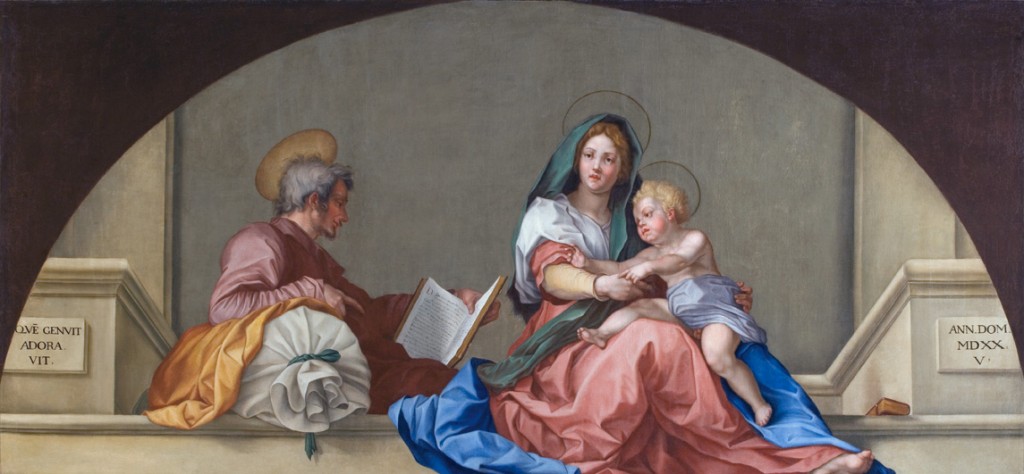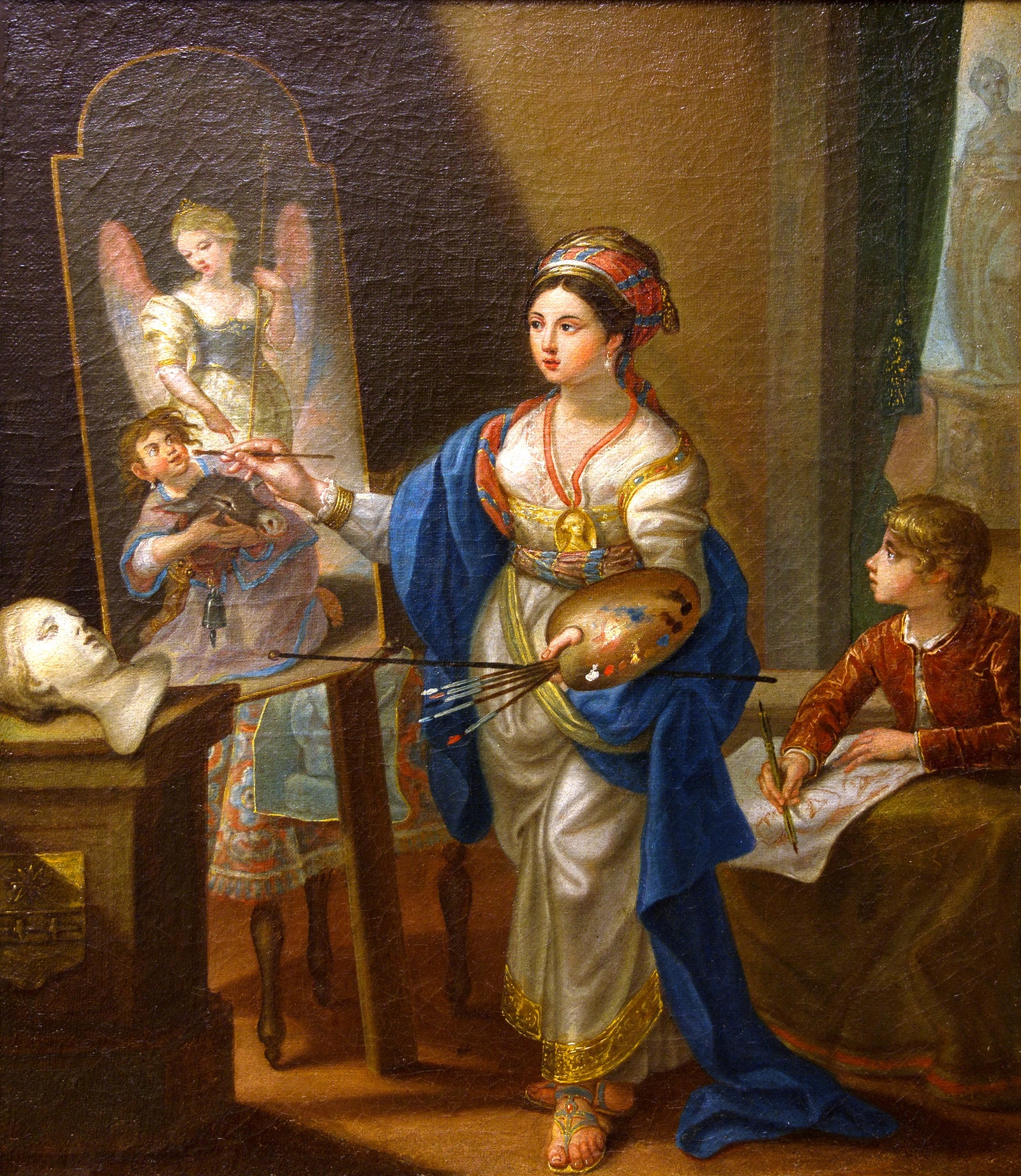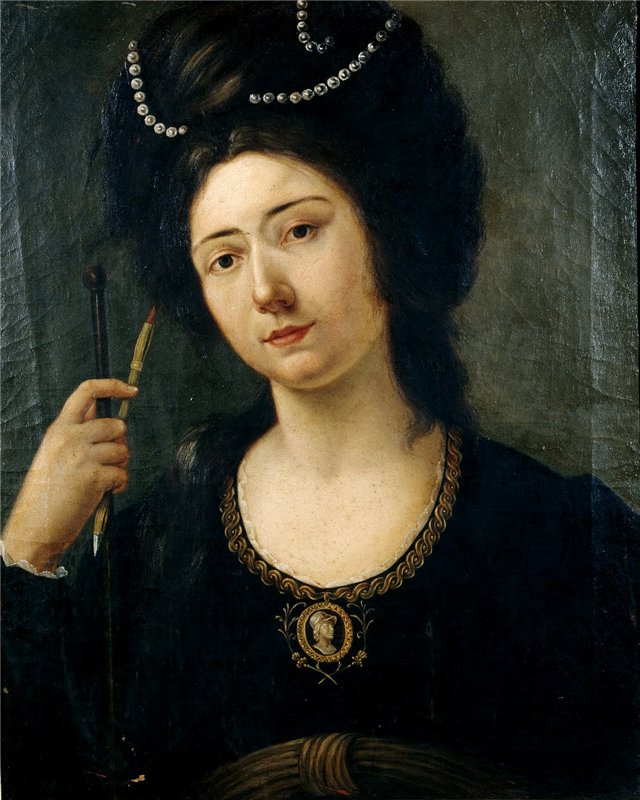Irene Duclos
Active in: Italy
Alternate names: Irene Parenti
Biography
Born in 1754, Irene Parenti Duclos was the daughter of a painter, Giuseppe Parenti, who was active in Fucceccio. She was celebrated in her lifetime as a copyist of old master paintings and a specialist in the technique of encaustic painting. At the age of fourteen, she married the painter Giovanni Battista Duclos (d. 1782?) and moved to Rome, where she began to study encaustic painting, a process whereby pigments are added to a heated wax medium and applied to a prepared surface such as wood or canvas. A polymath, she studied geometry, anatomy, and physics at the Università di Pavia and was recognized as a member of the Academia dell’Arcadia, a literary society established in Rome in 1690.
In 1773, Duclos received permission to begin copying works at the Uffizi. Over the next twenty years, she would copy thirty-nine oil paintings, in response to the market for high quality reproductions among British travelers visiting Florence as part of the Grand Tour. Between 1784 and 1785, she studied encaustic painting with the Spanish Jesuit José Maria Pignatelli (1737–1811). In 1785, she began to teach the English painter Emma Jane Greenland (1760/61–1838), who went on to popularize the technique in England.
In 1779, Duclos began one of her most significant works, her copy of Andrea del Sarto’s (1486–1530) Madonna del Sacco in the Chiostro Grande of the Basilica of the Santissima Annunziata. The work was completed in 1780 and in 1781, it was offered to Grand Duke Pietro Leopoldo, with Giuseppe Pelli Bencivenni (1729–1808), the director of the Uffizi, acting as an intermediary. The Grand Duke purchased the painting and hung it in the Pitti Palace, where it remained until 1863. It was installed in the Galleria dell'Accademia in Florence in 1983 and conserved by Advancing Women Artists in 2011.
Duclos continued to paint copies for the market and by commission through the 1780s and into the 1790s, while also publishing poetry and pursuing her other scholarly and literary interests. She died in 1795 in Florence and was likely buried in a family plot in the cemetery on via delle Siepi in Livorno.
Selected Works
Circle
Daughter of
Giuseppe Parenti (?)
Wife of
Giovanni Battista Duclos (d. 1782?)
Student of
José Maria Pignatelli (1737–1811)
Teacher of
Emma Jane Greenland (1760/61–1838)
Bibliography
Barker, Sheila, et al. Irene Parenti Duclos: A Work Restored, an Artist Revealed. Florence: Advancing Women Artists Foundation, 2011.
Entry Notes
For Beverly Doster, Advisory Board member, docent, and treasured friend, whose belief in conservation was essential at our museum, I dedicate this entry on Irene Duclos, whose work was preserved thanks to AWA.—Heidi Gealt


